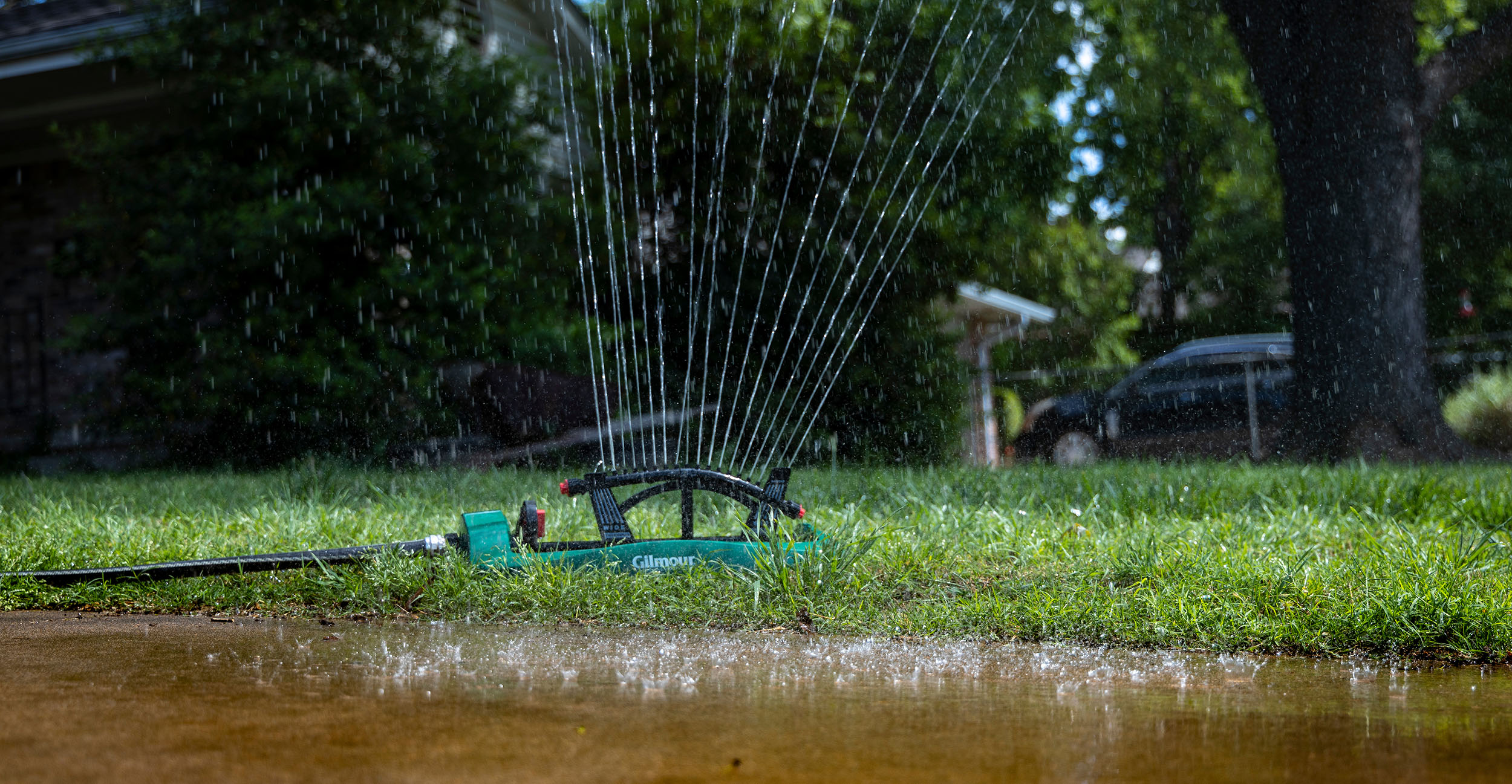
Landscaping tips to conserve water
Wednesday, July 27, 2022
Media Contact: Trisha Gedon | Sr. Communications Specialist | 405-744-3625 | trisha.gedon@okstate.edu
While it does help to have a green thumb, keeping a landscape irrigated is key in successful gardening. The amount and frequency that gardeners water can make a big difference in plant health. These factors also have an impact on the pocketbook.
Oklahoma is experiencing extreme summer temperatures this year, which can lead gardeners to turn on those outside spigots more often, said David Hillock, Oklahoma State University Extension consumer horticulturist.
“Some parts of Oklahoma received a fair amount of rain early in the season, but we’re still facing serious drought conditions across much of the state as we head into the second half of the summer. Couple that with record-high temperatures, gardeners need to be aware of water usage and conservation this gardening season,” Hillock said. “Some cities implement water conservation measures to conserve water during the hot summer months, so proper, efficient watering is important.”
When the temperature is high and the humidity is low, plants need plenty of water. It’s healthier for plants to be watered deeply, but infrequently. Generally, 1 inch of water per week is recommended, preferably in one application, but that isn’t always achievable because the soil does not absorb the water as fast as it is being distributed.
Hillock said to avoid runoff, watering may need to be done in stages. Irrigate to the point of puddling, then turn the water off and let it soak in for several hours. Then try to put the rest of the water on later that day or the next day. In this heat, and depending on the soil type, gardeners may have to apply 2 to 3 inches per week.
“Allowing the water to soak into the ground and letting the soil dry out a little between watering forces plants to produce strong, deep roots. Just because the top of the soil feels dry doesn’t mean the plants are ready for a drink, but it will depend on your soil type so be sure to occasionally check deeper in the soil,” he said. “Slight wilting of plants can be an indicator that they need more water, but it can also be an indicator of too much water, so occasionally check the soil several inches deep before applying more water, especially if the plant does not perk up after watering.”
Mornings are the best time to irrigate because the temperatures are cooler and the winds are lighter so there is less loss through evaporation or being blown away. Watering in the mornings prepares plants to get through the hot day.
Mulch is a great addition to a garden. It also can be used in containers. Mulch helps the soil retain moisture, whether gardeners are hand watering or the plants are getting natural moisture through rain. Mulch also helps prevent erosion and controls weeds. It’s available in several forms and colors, which will add visual interest to the landscape.
“Gardeners who have an irrigation system will benefit from installing a rain sensor. A rain sensor turns off the irrigation system during and immediately following a rain event,” Hillock said. “This helps cut down on water usage, which affects your wallet. Also, make sure the sprinkler heads only water vegetation. There’s no need to water the sidewalk or driveway.”
Avoid heavy pruning in the summertime as it stimulates growth, and the plants will require more water. Keep in mind mature plants and trees require less water because they already have a deep root system.
“Gardening can be challenging under the best circumstances, but especially during drought conditions,” Hillock said. “Proper watering will help keep your landscape healthy and conserve water at the same time.”
OSU Extension offers more gardening and lawn care information online.
